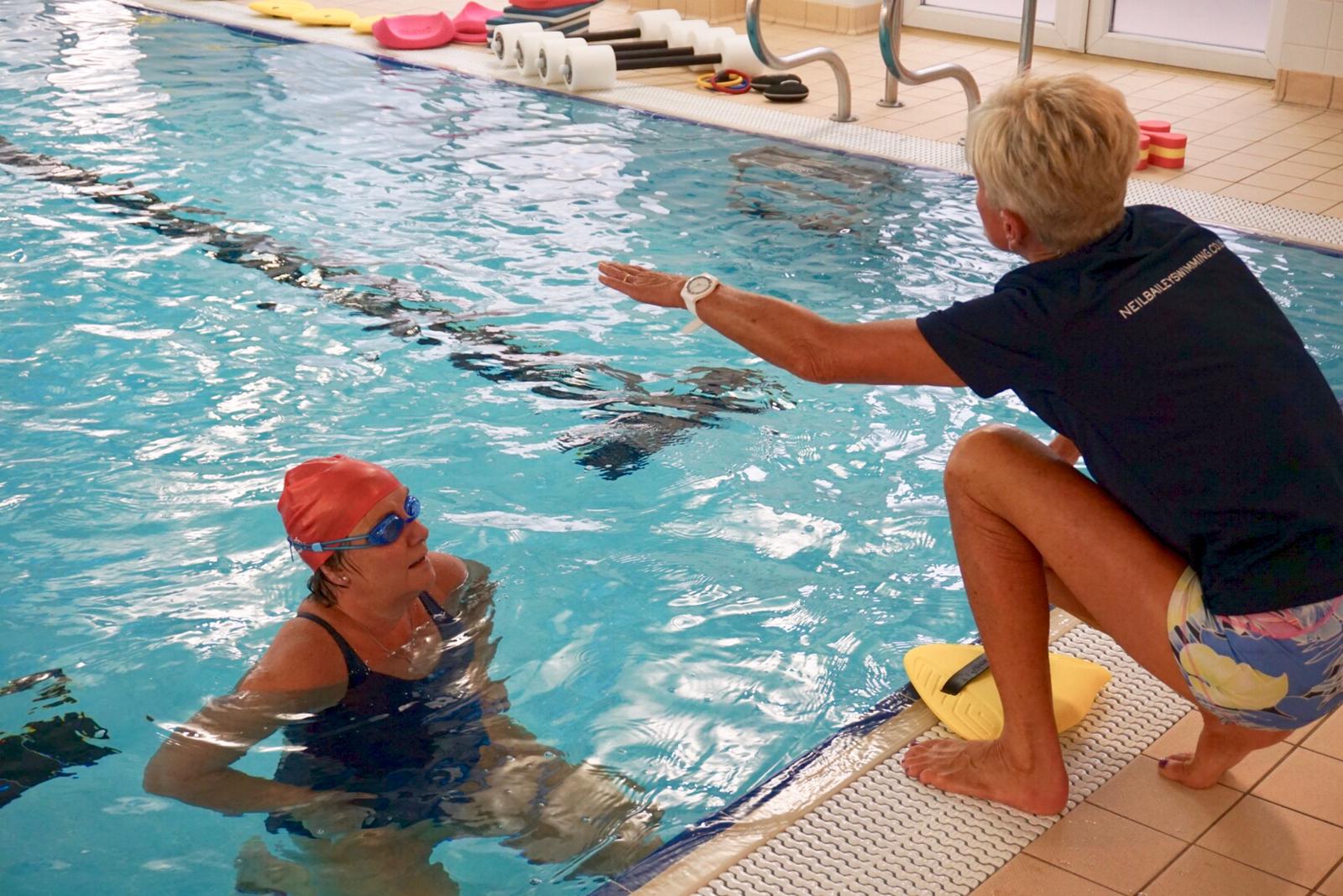
01 Jan ‘I can swim, I’m just not very good at breathing’
This is something we hear all the time, mostly from adults or from parents commenting on their child’s ability. We breath all day every day without thinking about it – naturally supplying our body with life force whilst we carry on our day to day lives. But when we swim we aren’t able to take a breath whenever we like – we suddenly have to think about bringing our head away from the water, timing and co-ordinating our movements to make something as simple as breathing possible.
Mastering the exhale:
For most people is a natural instinct to hold your breath when your face is in the water. The trouble with breath holding is that the body remains tense and cannot relax whilst swimming. It also create a problem when it comes to taking a breath; the swimmer needs to exhale before they can inhale and that increases the time that their head is out of the water.
Breathing out underwater should be done with the lips in a small ‘o’ shape this means you can breathe out fully whilst reducing the chance of any water entering the mouth. It can be practised initially with the chin and mouth in the water only, making a humming noise through the mouth to create bubbles in the water. Once comfortable doing so the swimmer can practise nose underwater, eyes underwater and then fully submerging.
Inhaling and exhaling is best done through the mouth – particularly the inhale as it needs to be fast and full. Breathing in through the nose can result in inhaling water!
The exhale should be slow and relaxed, trickling bubbles through the mouth until just before the head turns or lifts to breath and then the swimmer should explosively exhale all the breath so that they can take a full inhale.
Timing and rhythm of breaths:
Whilst swimming frontcrawl its very important to find rhythm that allows us to control our breathing. Bilateral breathing is commonly taught as taking a breath every three strokes creates even; smooth strokes and it is good for the body to balance the head turning movement on both sides of the body. However, some people find that they need more than two strokes with their head in the water in order to fully exhale. Therefore, some people prefer to breathe every 5 strokes.
Some swimmers find that they feel that they cannot catch their breath whilst swimming and this can make them feel panicked, and even restricted. If this is the case they should slow down their stroke, this will reduce the work their body is doing and will allow more time for a full exhale and a longer inhale.
Relaxed, natural breathing during swimming can make significant improvements to endurance levels and more importantly enjoyment levels!
Do you struggle with breathing whilst swimming? Contact us to book a private lesson – office@neilbaileyswimming.co.uk


